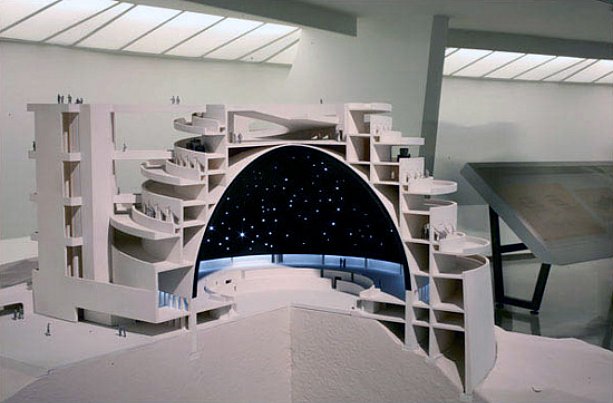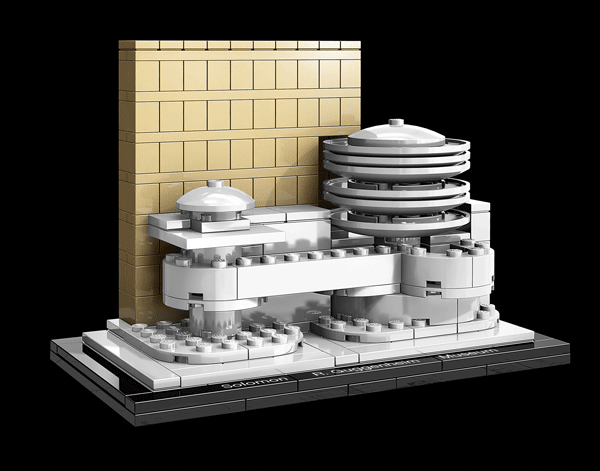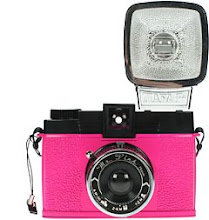
We tripped the light fantastic through Soho (or Sohoma as I call it because of the neighborhood's unfortunate resemblance to an overrated suburban American shopping mall, a new-century playground for the Bridge and Tunnel set) and Chelsea over the weekend before last. We were treated to this year's moveable feast for the eyes, courtesy of The New Yorker.
As we stepped out of Location One on Greene Street, the diagonal rows of weathered glass alongside the base of the stairs caught my eye. The sidewalk vault lights looked to be casting their warm amber tones up and out from underground. I love these humble representatives of 19th century New York. Let me share a bit of their story....
Beginning in the 1850s, sidewalk vault lights became a common feature amidst the burgeoning manufacturing districts of America’s urban streetscapes. These cast-iron panels, fitted with clear glass lenses, were set into the sidewalk in front of building storefronts. They permitted daylight to reach otherwise dark basements (or “vaults”) that extended out beneath the sidewalks, creating more useable or rentable space for building owners.
Vault lights typically extended four to five feet out from the building line toward the curb. Each panel was screwed to a cast-iron saddle and the iron framework that spanned the basement vault. They were cast with molded iron knobs set around each lens to protect the glass and improve the footing of passers-by. Originally simple glass lenses were set in the panels, usually with a cement grout. Advances in daylighting technology, including the development of prismatic glass pendants that refracted the sun’s rays further into basement areas, and the use of reinforced concrete panels made vault lights popular through the 1930s.
If you find yourself scouting for treasure in New York City (admittedly not much of a challenge - there are riches on every. single. last block), you might consider a look-see on Greene Street. These enduring survivors of a bygone day will not disappoint.
:image dianamuse; post title courtesy of this beautiful film
11.19.2009
everything is illuminated
11.03.2009
the goog at 50

This year, the Solomon R. Guggenheim museum celebrated its 50th birthday (join the crowd). The Guggenheim first opened its doors on October 21, 1959. To kick off this golden anniversary year, the Guggenheim presented Frank Lloyd Wright: From Within Outward, its best-attended show ever. The exhibition closed on August 23; we got in just under the wire. 
The show featured 64 Frank Lloyd Wright projects, including privately commissioned residences, civic and government buildings, religious and performance spaces and unrealized urban mega-structures — as well as more than 200 original Frank Lloyd Wright drawings, many of which were on view to the public for the first time. I was delighted to come upon a rendering of the Marin County Civic Center, a Wright creation that had some prominence in the landscape of my childhood. The design left a deep imprint on my visual brain.
One of our favorite exhibits was the Gordon Strong Automobile Objective — a proposed (and unrealized) concept that was to be built on the summit of the Sugar Loaf Mountain and serve as a destination for short motor trips. The spiraling roadways - cantilevered to allow full views — were to be supported by a vast dome, 150 feet in diameter. Under the dome, Wright proposed a planetarium to be surrounded by a circular gallery containing aquaria and natural history exhibits. So cool. (This image, just below, courtesy designboom — I'm borrowing this one because we weren't allowed to take photos in the exhibit itself, only on the ground floor.)
David van der Leer was appointed the Guggenheim's assistant curator of architecture and design last fall. His initial focus was organizing the Frank Lloyd Wright exhibition. I like what he says about the museum itself: "It's a great piece of architecture and it's the biggest object in our collection."
Did you know? Lego added Wright's Guggenheim Museum and Fallingwater to its new Architecture series. The other structures in the line include the Sears Tower, John Hancock Center, the Empire State Building and the Seattle Space Needle.
:images dianamuse; check out the mega-versions (and a couple of postcard-size efforts) at beautimuse - click here


















































